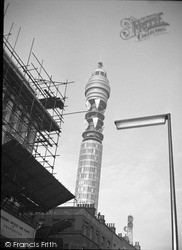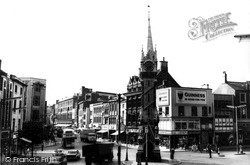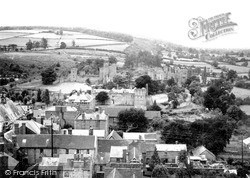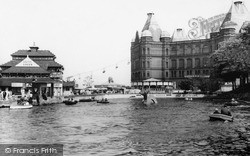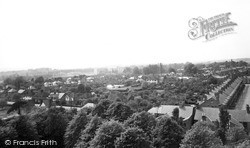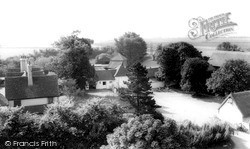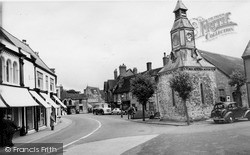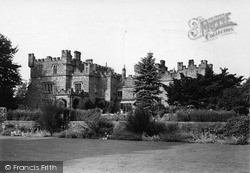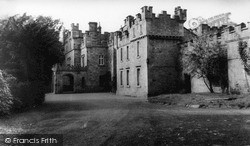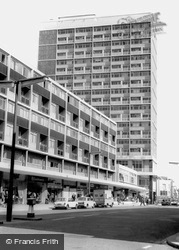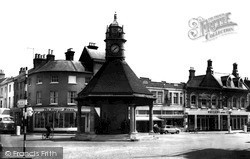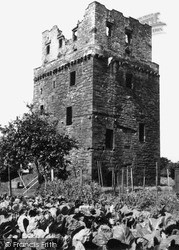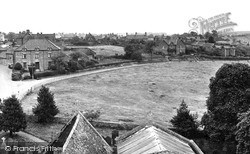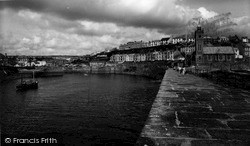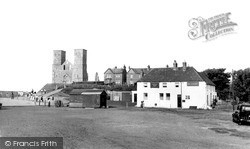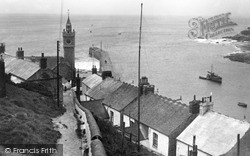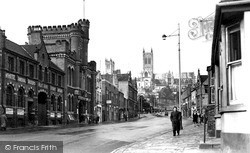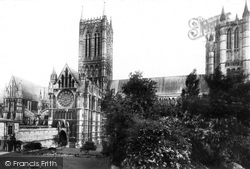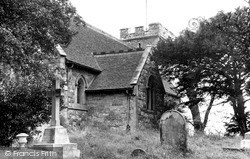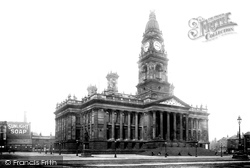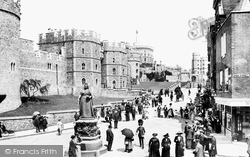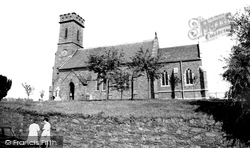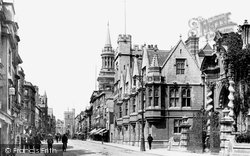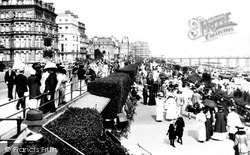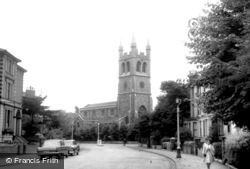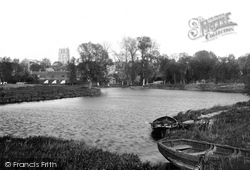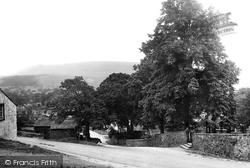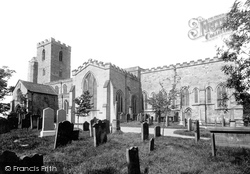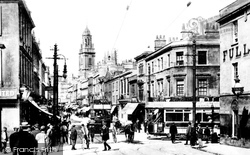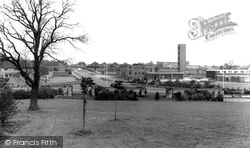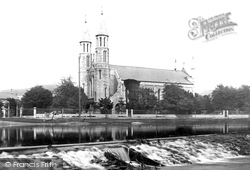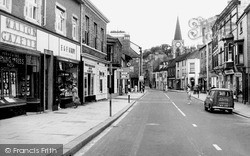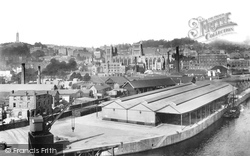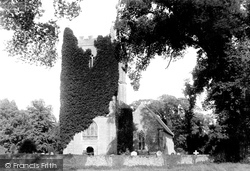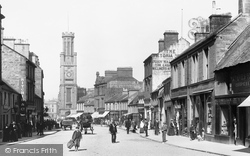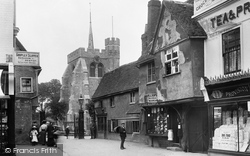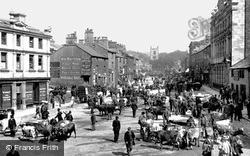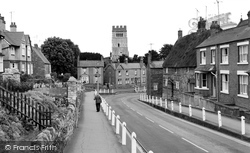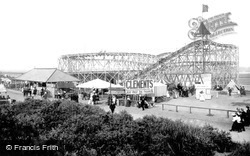Places
36 places found.
Those places high-lighted have photos. All locations may have maps, books and memories.
- Poplar, Middlesex
- Bow, Middlesex
- Bethnal Green, Middlesex
- Stepney, Middlesex
- Alton Towers, Staffordshire
- Isle of Dogs, Middlesex
- Limehouse, Middlesex
- Spitalfields, Middlesex
- Barjarg Tower, Dumfries and Galloway
- Bromley, Middlesex
- Stratford Marsh, Middlesex
- Tower Hill, Merseyside
- Tower Hill, Essex
- St George in the East, Middlesex
- Wapping, Middlesex
- Globe Town, Middlesex
- Old Ford, Middlesex
- Cubitt Town, Middlesex
- Tower Hill, Cheshire
- Tower Hill, Surrey
- Bow Common, Middlesex
- Mile End, Middlesex
- Millwall, Middlesex
- Ratcliff, Middlesex
- Warmley Tower, Avon
- Tower Hill, Hertfordshire
- Tower End, Norfolk
- Tower Hamlets, Kent
- Tower Hill, Devon
- Tower Hill, West Midlands
- Blackwall, Middlesex
- North Woolwich, Middlesex
- Hackney Wick, Middlesex
- Shadwell, Middlesex
- South Bromley, Middlesex
- Tower Hill, Sussex (near Horsham)
Photos
2,720 photos found. Showing results 1,581 to 1,600.
Maps
223 maps found.
Books
1 books found. Showing results 1,897 to 1.
Memories
637 memories found. Showing results 637 to 637.
Captions
3,036 captions found. Showing results 1,897 to 1,920.
Whites Mineral Waters was rebuilt in 1994 as a county library, but the battlemented and towered former Drill Hall of 1890 survives.
Started in about 1290, and dwarfed by the mighty transept and crossing tower, they were not strictly necessary in a non-monastic cathedral, but many medieval secular cathedrals acquired them, including
The 15th-century tower was spared, and now serves a new religion: it supports a mobile phone mast.
One of the lasting impressions of Bolton that many a visitor has is of the grand Town Hall, with its portico of Corinthian columns and tower topped off with a French cap.
The keep (with the flagpole) was raised to three storeys and the outer walls and towers refaced in the 1820s: the walls still look remarkably fresh in 2000.
Many of its towers were built for show and serve no purpose whatsoever.
Raised well above the road, with its emaciated battlemented tower and unimaginative body, it was designed by William ), who was at the time Architect to the Ecclesiastical Commissioners and the designer
Rising above the High Street are the tower and delicate spire of All Saints' Church, built in the 18th century to replace a Norman church which was destroyed when the spire collapsed on top of it in
Eastbourne's Grand Parade consisted of three terraces stretching from the Wish Tower to the Pier; it has been described as 'one of the finest of its kind in England.'
It has a fine Perpendicular-style tower with chequer-work battlements and elegant corner pinnacles.
The church is unusual because the slope of the ground down to Puddingmore meant that the tower had to be built on firmer ground to the south-east of the building.
Three of the five bells hanging in the church tower date from the 15th century.
Dating mainly from the 13th century, it features an impressive square west tower, an aisled nave, transepts and chancel.
The tower was the Georgian St James's church of 1768, whose blitzed ruins were finally demolished in 1957.
The fire station and its tower dominate the scene, with the ambulance station and complementary education buildings to the right.
The twin Italianate towers of St George's Church dominate this view of Kendal, across the River Kent and its weir.
The Norman tower and later spire of St Michael's parish church watches over the busy Yorkersgate.
Perched high on its hill in the background at left is the tower erected to commemorate John Cabot's voyage.
What remained of the old building was the brick west tower dating back to around 1635.
of the old town, although parts the former Greyfriars church of St John, where Robert the Bruce held a Parliament in 1315, are thought to date back to its beginnings.The 130 ft high neo-Gothic Wallace Tower
The 12th-century tower and spire of St Mary's Church viewed from the Market Place, a symbol of the mediaeval prosperity brought to this little town from wool-trading.
In the distance is the tower of Holy Trinity Church.
Called Earls Barton because of its connections with the earls of Northampton, it is mainly noted for its powerful Anglo-Saxon church tower, seen here dominating the view.
No doubt it looks tame to the present generation reared on the terrors of Alton Towers, but to a boy in the 1950s it was quite scary enough.
Places (38)
Photos (2720)
Memories (637)
Books (1)
Maps (223)




